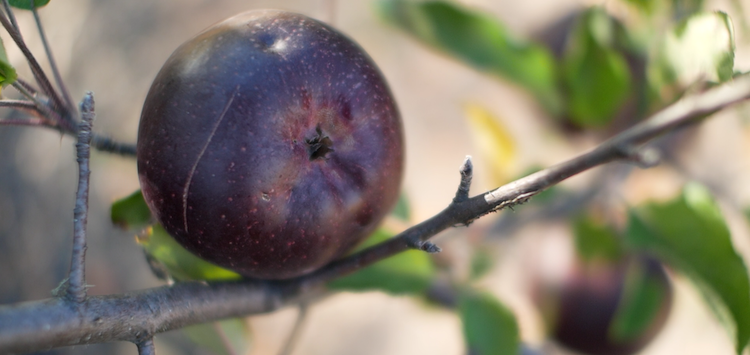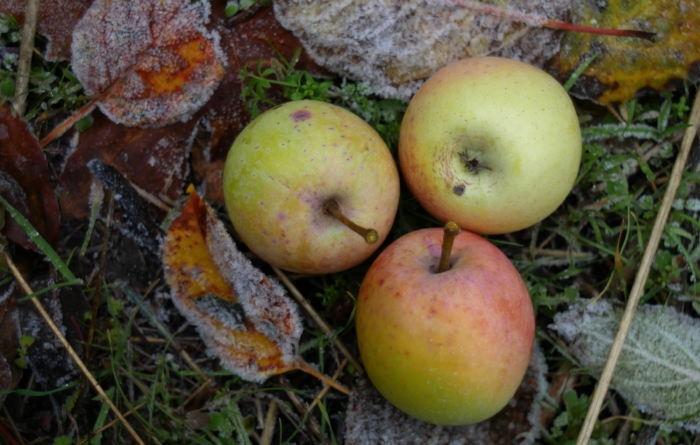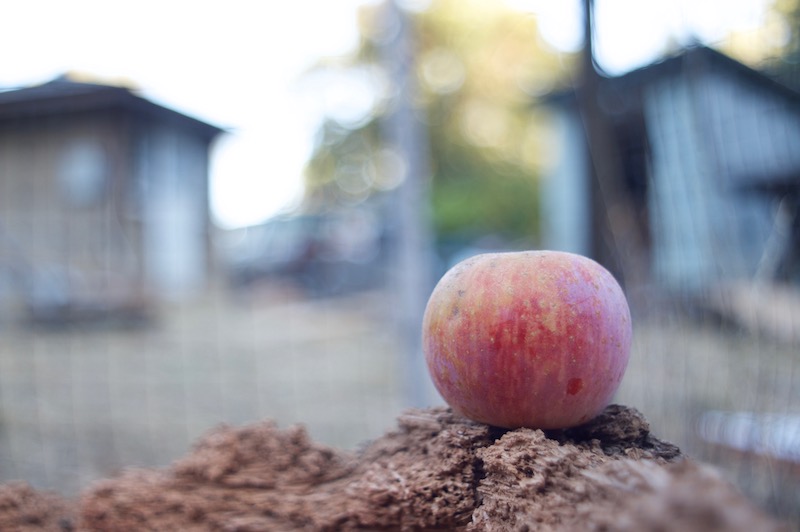Black Strawberry, what it looks like in person on the tree is pretty much like this. You can see why apples like this have names like Black Oxford. Even the calyx is super dark.
Here is a video I shot about the four apples that I’m sending out this year to be grafted by orchardists. With any luck, other’s will be equally impressed with them and they will be propagated and proliferate. The real measures of success are if they are found worthy of propagation and multiply and/or if they are used to breed other new interesting, improved varieties.
On the surface, this project to breed new apples might be viewed as simply just that, an effort to make some good new apple varieties. But it’s really about much more than that as I discuss in the first part of this rather long apple rant/nerd out session.






















